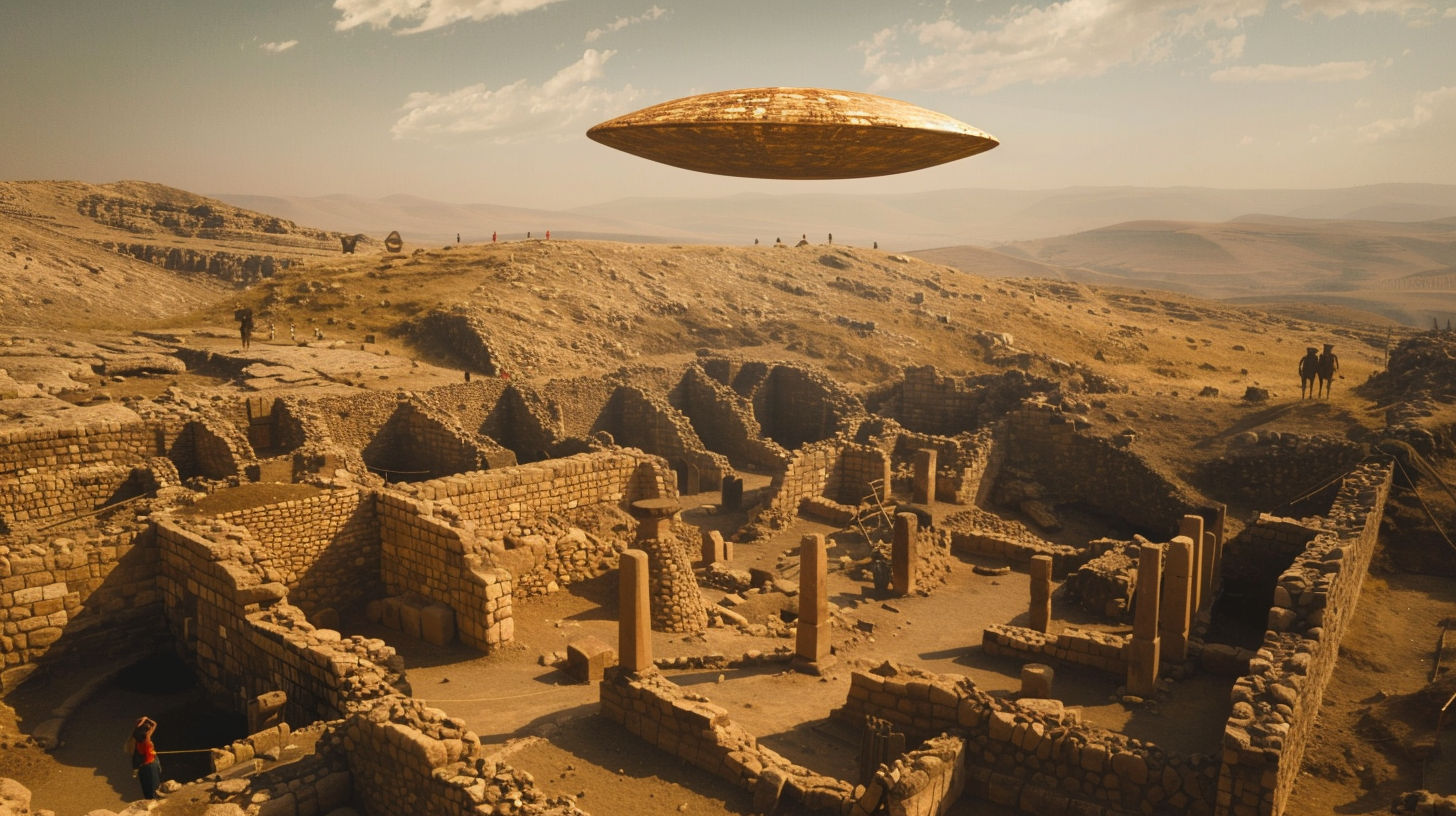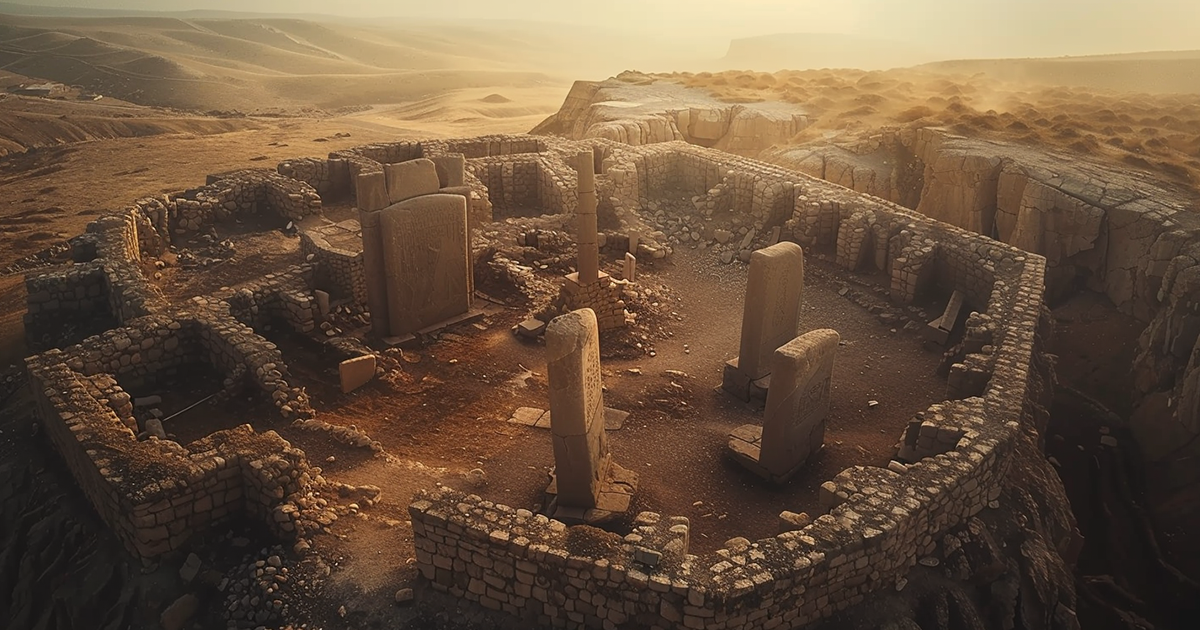Embedded within the historic lands of Turkey resides a spectacle that challenges traditional beliefs. Göbekli Tepe, an architectural marvel predating the Egyptian pyramids and Stonehenge, stands tall as a tribute to the brilliance and mystery of our early forebears. Constructed over 12,000 years ago, this location continues to fascinate historians and archaeologists, raising profound questions about the course of human history.
Shrouded in enigma, Göbekli Tepe calls upon us to decipher its enigmas. Envision a realm where wandering tribes, devoid of advanced tools or animal assistance, built an intricate edifice that baffles explanation. Today, we embark on a journey through time, delving into the profound mysteries of Göbekli Tepe, where each engraving and intricate design alludes to a deep connection with the universe and a forgotten civilization.
Situated in Southeastern Anatolia, Turkey, Göbekli Tepe is famed for its grand circular formations adorned with colossal stone pillars—recognized as the globe’s oldest megaliths. These pillars, some towering up to 30 meters in diameter, showcase detailed anthropomorphic features and sculptural depictions of wild creatures, shedding light on ancient religious beliefs and symbolism.

The uniformity in Göbekli Tepe’s structures is striking—each circle hosts two large T-shaped pillars facing each other, crafted from local limestone quarried approximately 100 meters from the site. While the speculation lingers on whether these structures had roofs, traces of plaster on the walls indicate the likelihood of covered structures.
Scientific dating places Göbekli Tepe’s inception around 12,000 years ago, during the pre-pottery Neolithic period. Initially unearthed in the 1960s, its true significance emerged in 1994 when a local shepherd discovered one of the pillars, exposing intricate reliefs. Subsequent excavations have unearthed a wealth of artifacts, reshaping our perception of ancient cultures.
Contrary to early assumptions of Göbekli Tepe as a Byzantine burial ground, further digs have unveiled a sophisticated spiritual hub rather than a permanent settlement. Nomadic tribes in tune with nature constructed this mystical site, dedicated to rituals and ceremonies.
Göbekli Tepe’s importance transcends its architectural splendor. Recent findings, such as human and animal sculptures, hint at a complex social and spiritual hierarchy, challenging conventional notions of ancient societies.
Diverse speculations abound regarding Göbekli Tepe’s purpose and creators. Some suggest extraterrestrial intervention, while others propose links to catastrophic events like the Younger Dryas impact. The alignment of the site with celestial bodies and its symbolic motifs hint at a profound knowledge of astronomy and cosmology.
As we plunge deeper into Göbekli Tepe’s mysteries, one fact becomes clear: it evades simple explanations. Serving as a silent observer of a bygone era, it leaves us with more queries than resolutions. Nonetheless, its legacy endures, motivating us to reflect on the origins of human society and our position in the universe.
Göbekli Tepe stands as a tribute to human brilliance, reminding us that our predecessors possessed knowledge and abilities far beyond our grasp. As we continue to fathom its depths, Göbekli Tepe encourages us to rethink our past and contemplate the potentials of our future.
